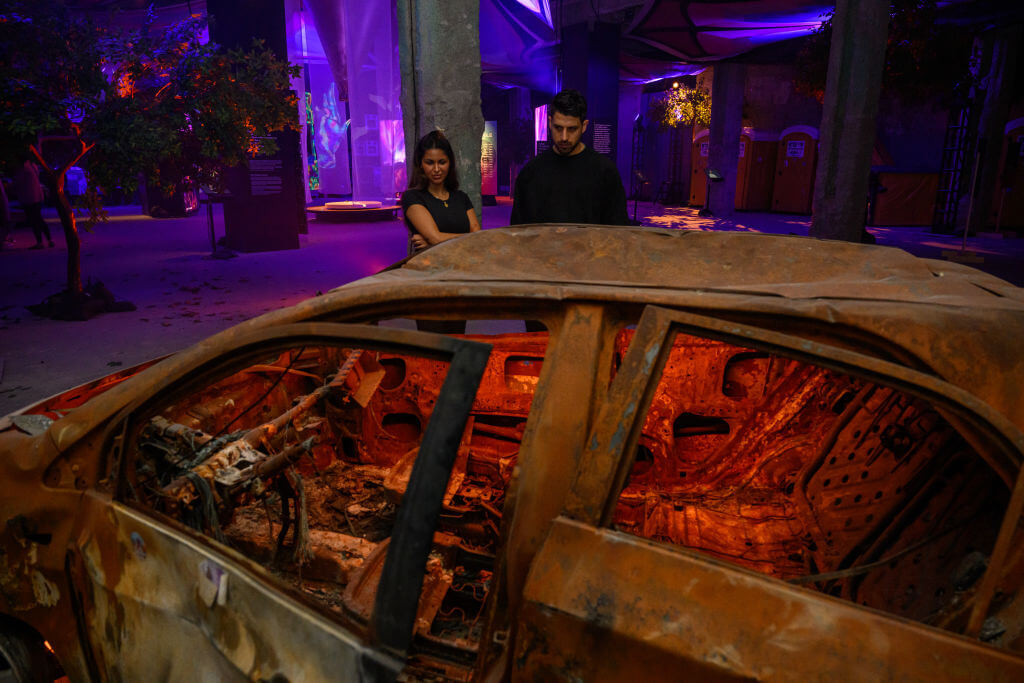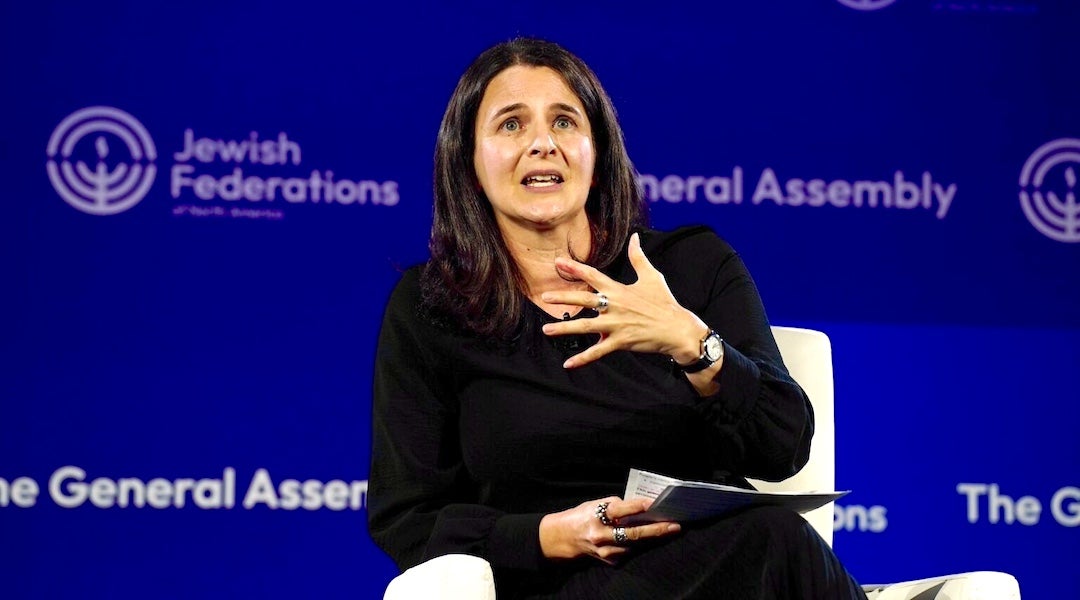Pursuing Peace Amid Pessimism
If the emerging Washington consensus is to be believed, then here is the Middle East peace conundrum waiting to greet the new Obama administration: Resolving the Israeli-Palestinian conflict is more than ever a strategic priority for the United States, but it also seems more difficult to achieve now, perhaps even unattainable in the foreseeable future.
The transition of power always produces a proliferation of policy papers, reports and recommendations. This season virtually all converge around some variation of the following message: President Bush’s seven-year neglect of Israeli-Palestinian peacemaking eviscerated the regional standing of the United States, and this unresolved conflict fuels anti-Americanism, weakens allies, emboldens foes and is a recruitment tool for extremists.
The trouble is that a deep skepticism prevails as to what can be done given the divisions and political dysfunction displayed on both the Palestinian and Israeli sides and the failure of the Annapolis effort. Serious and well-intentioned people in America and Israel are arguing that the best the incoming administration can do on the Israeli-Palestinian front is focus on conflict management, postpone pushing for a comprehensive resolution and go for an Israeli-Syrian deal instead.
But it would be a profound mistake to put on the back burner efforts to achieve an Israeli-Palestinian breakthrough. Without addressing the Palestinian issue, it is extremely unlikely that the region can be re-stabilized, that American credibility can be revived or that Israel’s future can be secured. Nor is working to achieve a Palestinian-Israeli deal inconsistent with the goal of reaching an accord with Syria; regional issues are increasingly interconnected and a comprehensive approach (including American-Iranian diplomacy) makes most sense.
The challenge, then, is how to make an Israeli-Palestinian deal possible in the near term. In tackling this issue, it is essential to resist the temptation to lapse into familiar and failed approaches.
Focusing efforts on improving the Palestinian economy or security capacity, gradually building trust and confidence, while receiving updates on and encouraging the parties’ bilateral negotiations — all of this sounds reasonable and laudable. It certainly creates lots of diplomatic activity, announcements, visits and conferences. However, as we have learned from experience, this approach is not enough to yield meaningful and sustainable results. Condoleezza Rice, as secretary of state, visited Israel an astonishing 22 times (compared with eight visits to China and India combined) with precious little to show for it.
We live in a transparent world. It can do more harm than good when an American administration declares the Israeli-Palestinian issue to be a priority — and invests energy, effort and visibility — but the result on the ground is more insecurity, settlements and closures. When the United States appears incapable of delivering, friends and foes alike take notice. There is no such thing as an “A” for effort.
Israel, for its part, urgently needs to achieve permanent and recognized borders, reach a two-state solution and end the madness of ongoing settlements in the West Bank. A process without progress does not advance Israel’s interests.
So, is there a more promising alternative that better addresses American and Israeli needs (and the unconscionable predicament of the Palestinians) that has a realistic prospect of success? I think there is, but it requires bold, ambitious and new thinking, especially about the “when,” “who” and “how” of advancing Israeli-Palestinian peace.
First, the “when.” Delay, postponement and gradualism have ill-served the cause of peace. The conditions for resolving the Israeli-Palestinian conflict do need to be created — but that can and should be a short-term project, not a perpetual pursuit.
As for the “who,” of course a resolution requires a threshold of Palestinian and Israeli capacity, but the idea that the sides need to do all the heavy-lifting and have hyper-charged peacemaking and implementation capacities is both unrealistic and holds back progress. Key and necessary ingredients for delivering peace and security can be substituted by the United States, the Quartet, Arab states, the European Union, NATO and others.
This is not to say that Israelis and Palestinians should be relegated to the roles of mere onlookers — sufficient local buy-in is essential. Israelis should be encouraged to acknowledge and address the stark choices and options that they face (occupation vs. democracy) and to build a consensus around the peace option. Palestinians need internal reconciliation and to build an inclusive national movement that can legitimately make national decisions and come to terms with Israel in the context of a dignified peace.
And finally there is the “how,” which really follows from the “who.” Israeli-Palestinian peace needs to be embedded in a new regional effort. That requires a comprehensive approach incorporating Syria and articulating a detailed plan for implementing the Arab peace initiative. Ultimately, a new regional security architecture should also be developed.
Closing the details of an Israeli-Palestinian deal cannot be left to the parties themselves — the emotional baggage weighs too heavily. When it comes to the minor modifications to the 1967 border and land swaps, special arrangements for Jerusalem’s holy sites and achieving recognition and compensation for Palestinian refugees absent relocation to Israel, there should be American proposals backed by the Quartet and Arab states. For both sides, closure is more easily reached by saying “yes” to a combination of the United States, Arab states and the international community than to each other. These external actors are also better placed to guarantee the implementation and finality of any deal — the end of claims being of particular importance to Israel.
Likewise, post-occupation security in a new state of Palestine should be internationally guaranteed by multinational (perhaps NATO) forces — at least for a period of time. This avoids creating the sort of power vacuum that followed Israel’s clumsy unilateral withdrawal from Gaza and gets beyond unrealistic attempts to incubate fully functional Palestinian security forces under the watch of both the Israeli army and a dispersed and increasingly violent settler population.
This, of course, is an ambitious menu. But it does suggest a direction for an administration committed to peace and to resolving the conflict, unwilling to cede this goal to the skeptics and open to new thinking.
Daniel Levy is a senior fellow at the New America Foundation and the Century Foundation. He previously served as an adviser in the office of Israeli Prime Minister Ehud Barak and was the lead Israeli drafter of the Geneva Initiative.















